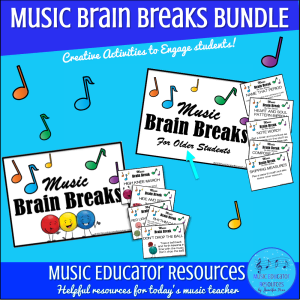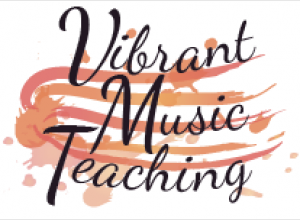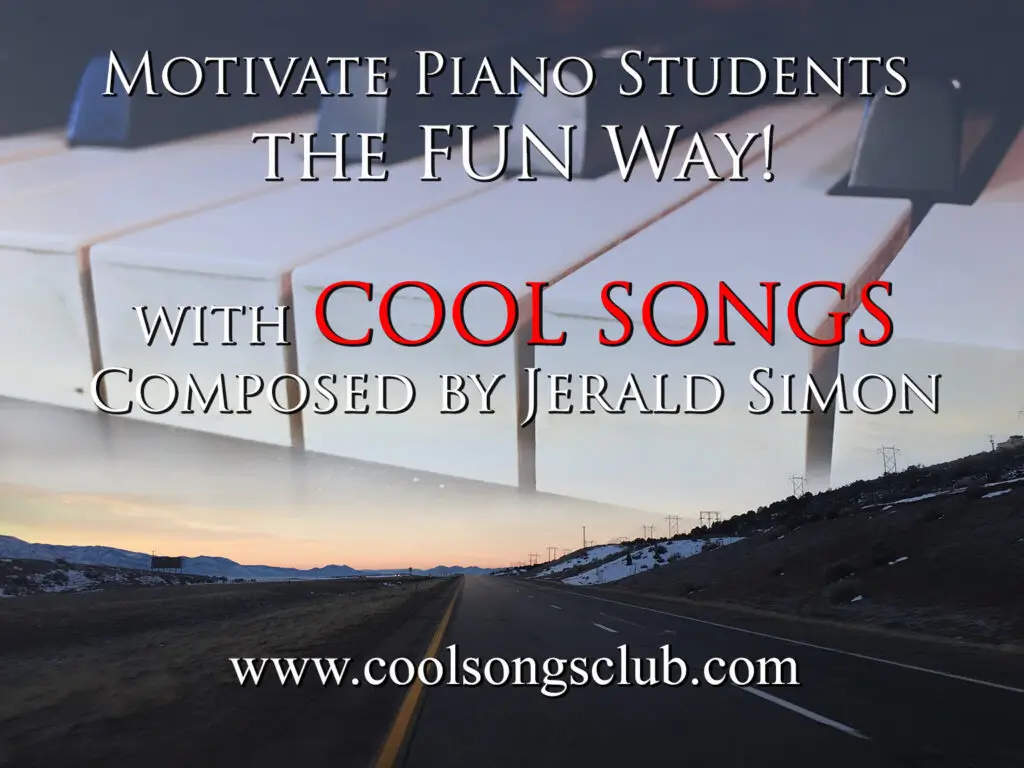(I have one more Monday session to blog on, but want to get a hold of the presenter before I post- so stay tuned for that one…)
While I have heard about the American Popular Piano series by Christopher Norton and Scott McBride and have seen them before I wasn’t really familiar with the series and wanted to learn more.
Christopher first begins by saying that it is important to have pedagogically sound styles. The American Popular Piano books have fun syncopated rhythms; exciting acoustic and electronic instrument accompaniments; and interesting, jazzy harmonies. He goes on to say that students will play what they love. Students of all ages like to play music they relate to. “Pieces about rainbows don’t always cut it in the world of pop stars, blockbuster films…”
Two reason students usually quit piano:
#1-I want to play music by popular styles
#2- No time to practice
Classical shouldn’t be the ONLY things we offer students.
In part from wide range of styles in this series,it teaches improvisation, ear training, sight-reading. Glancing at the books I noticed that it can easily used as either a main method book or a supplement. I particularly liked the improvisation sections and the back tracks for the pieces students will learn and play. The repertoire is divided into 3 sections- Lyrical, Rhythmic and Ensemble. (Ensembles include a backing track)
Etudes are improvisational etudes divided into performance, technical-classical and technical pop. Clapping doesn’t have to be just with hands, can tap shoulders knees, etc… Feeling the beat is all that is important.
The Etude Improvisation book is based on pieces from repertoire book. The two main purposes of this book is to enhance the skill for thinking ahead and musical confidence (hear sound in your mind) and musical understanding. Building up skills bit by bit so don’t need to do the entire module at once.
The Skills book focuses on Technique, Sight-Reading (based on common patterns), Aural skills Rhythmic and Pitch.
The American Popular pieces are great for busy students. They can take pieces and learn them by ear and/or notation.
I’m looking forward to exploring this series further and trying them out on students. I think they will really enjoy the pieces and accompaniment CD that is included in these books.













I have been using these books for a few years now and my students love them. There is a ensemble /duet section at the end of the repertoire books from level 2upwards and some,of them are fantastic. This year I have students who played duets in festivals and pop recitals using pieces from this series and they really enjoyed them. I have to confess that I really enjoy playing these pieces as well :)… Be happy to share someod the popular choices if needed !!
Great to hear Fiona, thanks for sharing! 🙂
Do you use them as a main method or supplement?